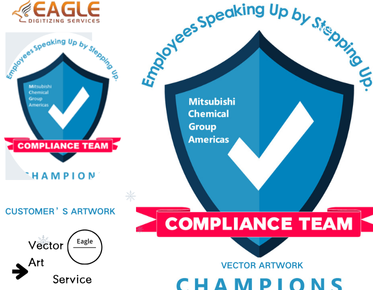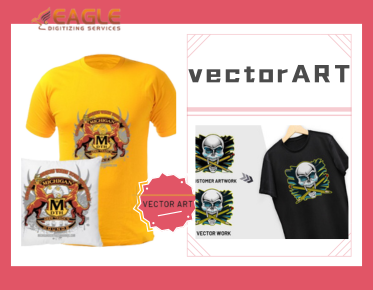Understanding the Differences Between Screen-Print and Giclée
html
In the world of art reproduction, two popular methods stand out: screen-printing and giclée printing. Each technique offers unique benefits and caters to different artistic needs. Understanding these differences can help artists, collectors, and enthusiasts make informed decisions about which method best suits their needs. Let's delve into the distinct characteristics of each printing process and explore their respective advantages.
Screen-Printing: A Traditional Approach
Screen-printing, also known as silkscreen printing, is a time-honored technique that involves creating a stencil (or screen) and using it to apply layers of ink on the printing surface. This method is renowned for its vibrant colors and durability, making it a favorite among artists who seek bold and long-lasting prints. The process begins with the preparation of a screen, which is coated with a light-sensitive emulsion. Once the emulsion dries, the screen is exposed to light through a film positive, hardening the emulsion in the exposed areas. The unexposed areas are then washed away, leaving a stencil for ink application.
One of the key advantages of screen-printing is its ability to produce vivid colors that stand out. This is achieved by layering multiple colors of ink, each applied with a separate screen. The result is a print with rich, opaque colors that can withstand the test of time. Screen-printing is often used for creating posters, apparel, and other items where durability and color vibrancy are paramount. For more insights into silkscreen printing, you can explore various resources that delve into its intricate process.
Giclée Printing: The Modern Digital Solution
Giclée printing, on the other hand, is a relatively modern technique that leverages digital technology to produce high-quality art prints. The term "giclée" is derived from the French word "gicler," meaning "to spray," which aptly describes the process of spraying microscopic droplets of ink onto paper or canvas. This method allows for exceptional detail and color accuracy, making it ideal for reproducing fine art and photography.
One of the standout features of giclée printing is its ability to capture the subtle nuances of an original artwork. The process uses archival-quality inks and papers, ensuring that the prints are not only visually stunning but also resistant to fading over time. This makes giclée prints a popular choice for artists who wish to offer reproductions of their work without compromising on quality. The versatility of giclée printing also allows for a wide range of media options, from traditional canvas to fine art paper, catering to diverse artistic preferences.
Comparing the Two: Key Differences
Technique and Process
The most fundamental difference between screen-printing and giclée lies in their respective techniques. Screen-printing is a manual process that involves creating physical stencils and applying ink through screens. This method is labor-intensive and requires a high level of skill and precision. In contrast, giclée printing is a digital process that utilizes advanced inkjet printers to produce prints. This allows for greater flexibility and precision, as the digital files can be easily adjusted and manipulated before printing.
Color and Detail
When it comes to color and detail, giclée printing has the upper hand. The digital nature of the process allows for a broader color gamut and finer detail, capturing the intricacies of the original artwork with remarkable accuracy. Screen-printing, while capable of producing vibrant colors, is limited by the number of screens used, which can affect the level of detail achievable in the final print.
Durability and Longevity
Both screen-printing and giclée offer durable prints, but they achieve this in different ways. Screen-prints are known for their robustness, with the thick layers of ink providing a protective barrier against wear and tear. Giclée prints, on the other hand, rely on the quality of the inks and papers used. Archival inks and acid-free papers ensure that giclée prints remain vibrant and resistant to fading for decades.
Choosing the Right Method for Your Needs
The choice between screen-printing and giclée ultimately depends on the specific needs and preferences of the artist or collector. Screen-printing is ideal for projects that require bold colors and durability, such as posters and apparel. It is also well-suited for artists who enjoy the hands-on nature of the process and the unique textures it can create.
Giclée printing, with its superior detail and color accuracy, is perfect for fine art reproductions and photography. It offers artists the flexibility to produce high-quality prints on demand, without the need for large print runs. This makes it an attractive option for artists who wish to offer limited edition prints or experiment with different media.
Future Trends in Art Reproduction
As technology continues to evolve, the landscape of art reproduction is likely to see further innovations. Digital printing technologies are becoming increasingly sophisticated, offering even greater precision and color fidelity. This could lead to new possibilities for artists and collectors, as well as more sustainable and eco-friendly printing solutions.
Moreover, the integration of digital tools with traditional techniques could pave the way for hybrid methods that combine the best of both worlds. Artists may find new ways to blend the tactile qualities of screen-printing with the precision of digital printing, creating unique and innovative works of art.
For those interested in exploring the world of art reproduction, Eagle Digitizing excels in delivering professional vector art services, transforming creative visions into scalable designs. Whether you're an artist looking to reproduce your work or a collector seeking high-quality prints, understanding the differences between screen-printing and giclée can help you make informed decisions and appreciate the artistry behind each method.



